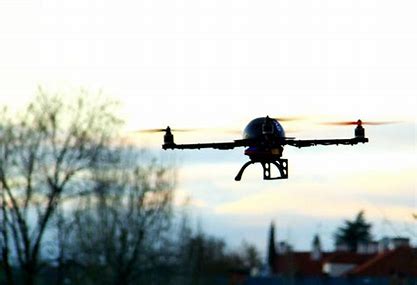
The United States Air Force is forging ahead with its ambitious Next Generation Air Dominance (NGAD) program, a multifaceted initiative set to redefine aerial combat and ensure American air supremacy deep into the 21st century.

Amidst a backdrop of burgeoning aerial capabilities from global competitors, the NGAD emerges as the U.S. response to the evolving threat landscape.
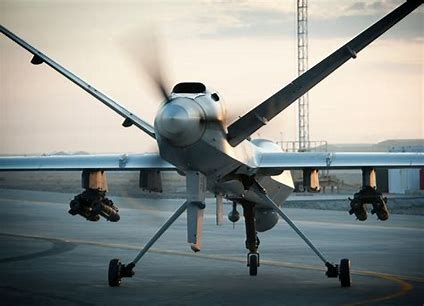
At its core, NGAD isn’t merely a single aircraft, but rather a sophisticated “system of systems” encompassing sixth-generation fighters teeming with cutting-edge technology and AI-enabled Collaborative Combat Aircraft (CCA) commonly referred to as “drone wingmen.”
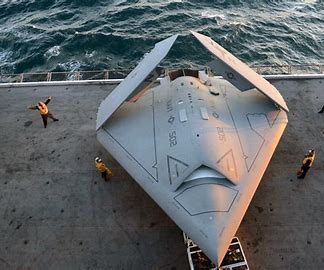
With an estimated budget allocation of a staggering $28.5 billion between 2025 and 2029, the program signifies a colossal investment reflecting the vital importance of air dominance in modern warfare.

These new-age fighters, estimated to cost around $300 million each, represent a quantum leap over the F-35, both in terms of technological prowess and financial commitment. In stark contrast to its predecessor’s $110 million price tag, the NGAD fighter is projected to be nearly three times as expensive.
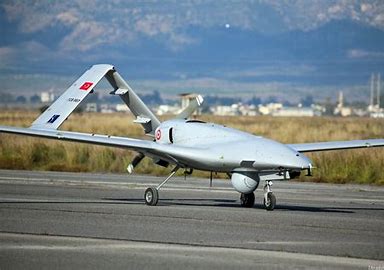
Yet, the Air Force maintains that the hefty cost will be justified by the aircraft’s unparalleled capabilities, which are expected to keep American skies uncontested for decades to come.

The Pentagon’s drive toward the NGAD is underpinned by the critical need for an advanced propulsion system. Pratt & Whitney recently achieved a milestone in the program, having completed a critical assessment of its Next-Generation Adaptive Propulsion (NGAP) engine, the XA103.
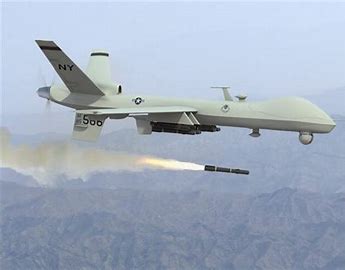
This engine is expected to offer a suite of benefits, including enhanced survivability, fuel efficiency, and robust power management—all essential to the NGAD’s operational needs.
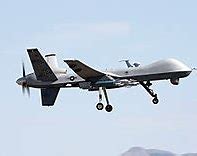
The NGAD program isn’t just about advanced engines and exorbitant costs. It also encapsulates a profound strategic shift. With the anticipated cost, the Air Force is unlikely to replace its current fighters on a one-for-one basis.

Instead, the service appears destined to deploy a smaller number of manned platforms, complemented by a sizeable fleet of advanced drones. This aligns with the NGAD’s concept as a “system of systems,” wherein the manned fighter acts as a flying, fighting, and penetrating command center, orchestrating the actions of its drone counterparts.
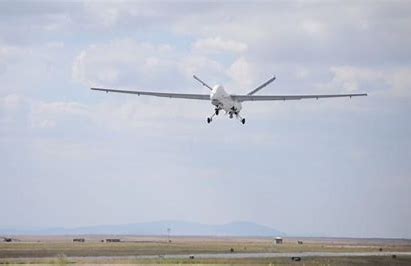
The CCA aspect of the NGAD program is set to enhance the overall combat effectiveness of the force, equipping the manned fighters with AI-driven stealthy drones capable of scouting, firing, and performing other critical tasks. These drones are expected to cost around $30 million each and play a sacrificial role in high-threat environments, shielding the more valuable manned fighters from direct hits.

As with any ambitious military initiative, challenges abound. Time is a pressing factor, with the NGAD slated to be operational by 2030, necessitating test flights by the late 2020s. The Air Force is keenly aware of the need for rapid development to meet these tight deadlines.
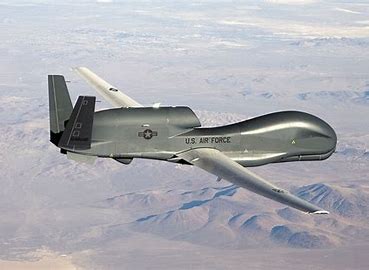
The implications of the NGAD program extend beyond the battlegrounds; they reach into the depths of the U.S. defense industrial base. The propulsion directorate emphasizes the importance of keeping both Pratt & Whitney and GE Aerospace at the forefront of prototyping and testing to foster competition, spur innovation, and maintain the Air Force’s technological edge.
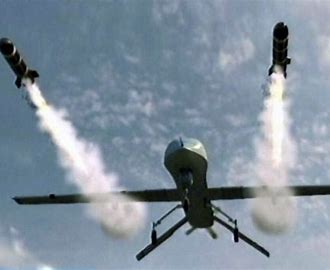
Indeed, the NGAD program represents a critical juncture for the Air Force as it looks to the future of aerial dominance. With geopolitical tensions simmering and potential adversaries advancing their capabilities, the NGAD stands as a testament to the United States’ unwavering commitment to maintaining its position at the zenith of air power.
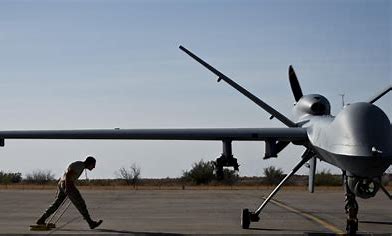
In the grand chessboard of international military strategy, the NGAD program is America’s opening gambit, signaling a clear intent to dominate the skies with a blend of human prowess and autonomous ingenuity. As the world watches, the Air Force prepares to take the next great leap in aerial warfare, setting a new standard for air dominance that future generations will seek to emulate.
Relevant articles:
– NGAD: The U.S. Air Force’s Great 6th Generation Fighter Gamble, The National Interest
– How Much Does It Cost To Develop US Air Force 6th Generation Fighter Jets?, Simple Flying
– NGAD: The 6th Generation Fighter Designed to Make the F-22 and F-35 Obsolete, The National Interest
– Next-Gen Fighter Engines, Air & Space Forces Magazine
